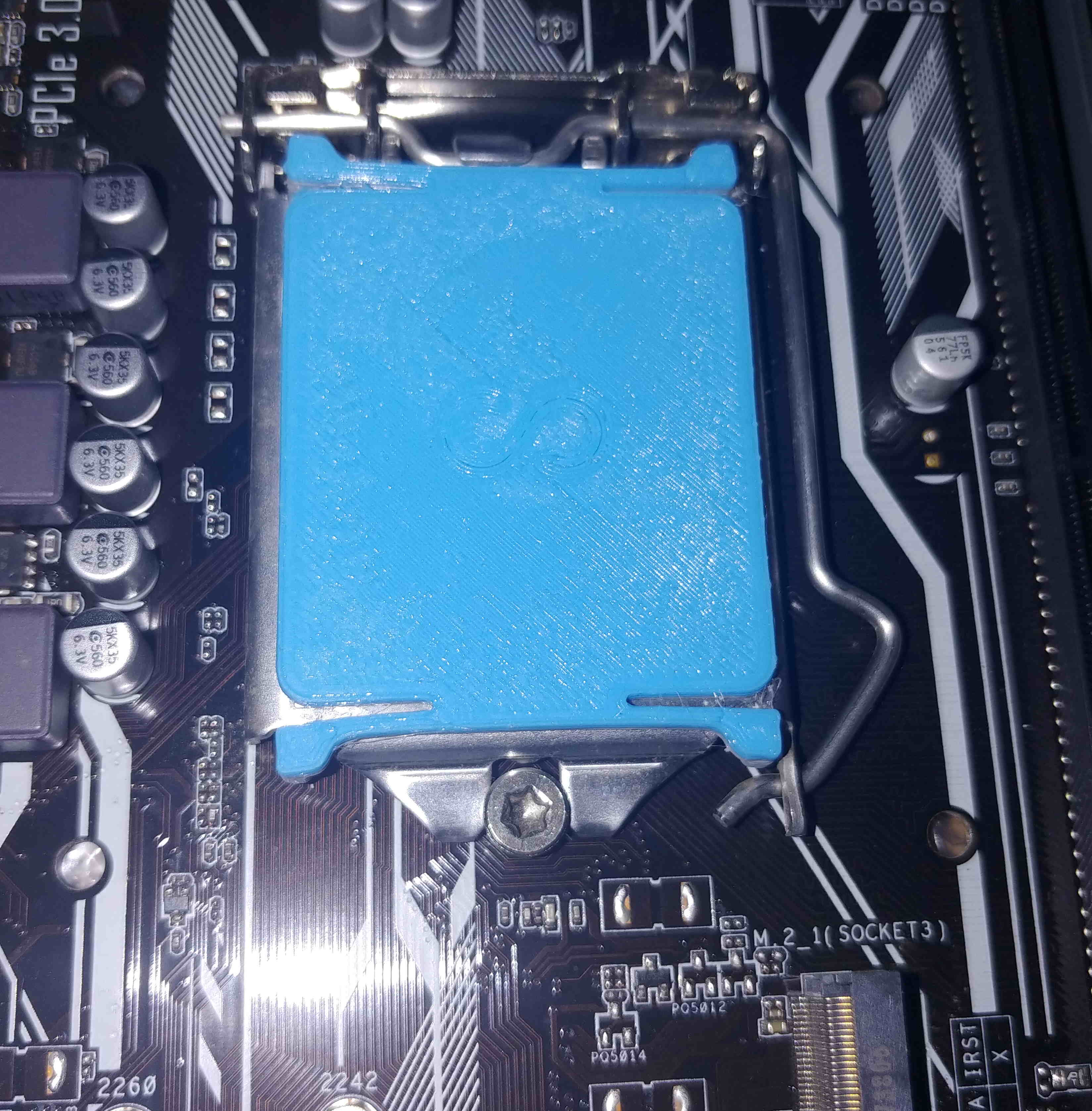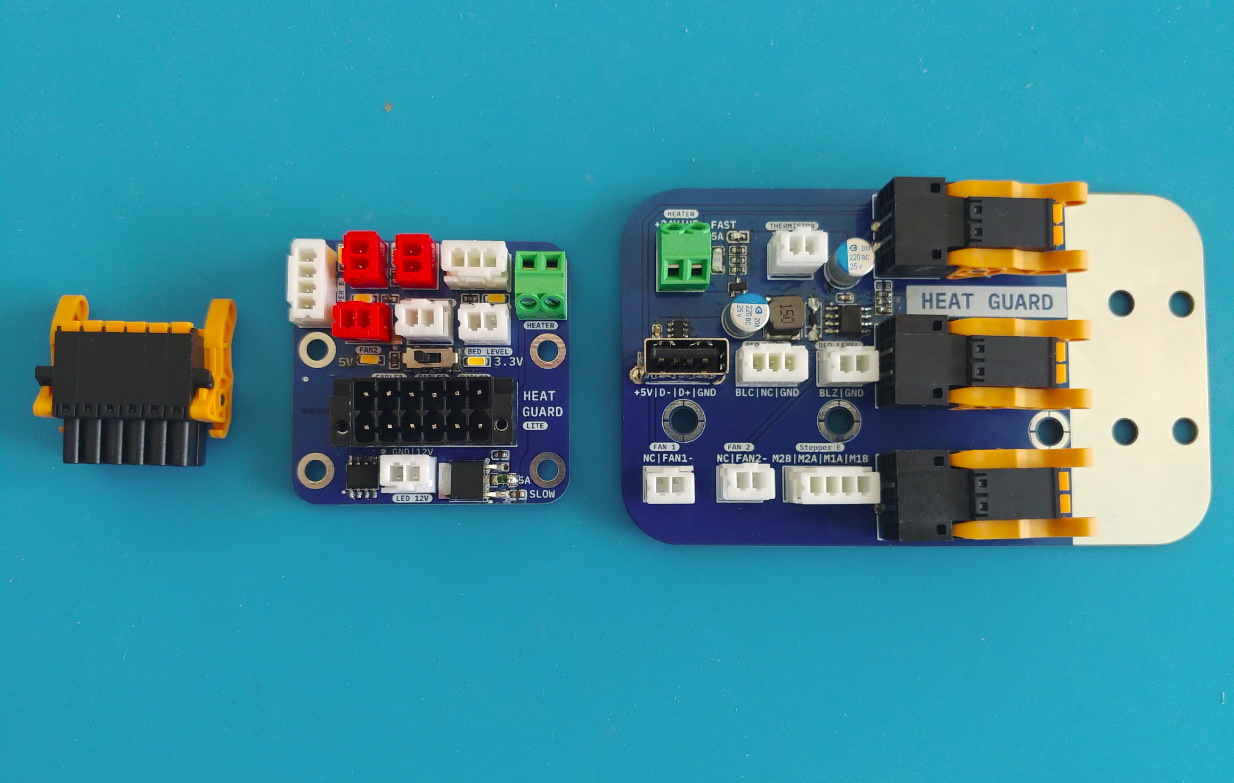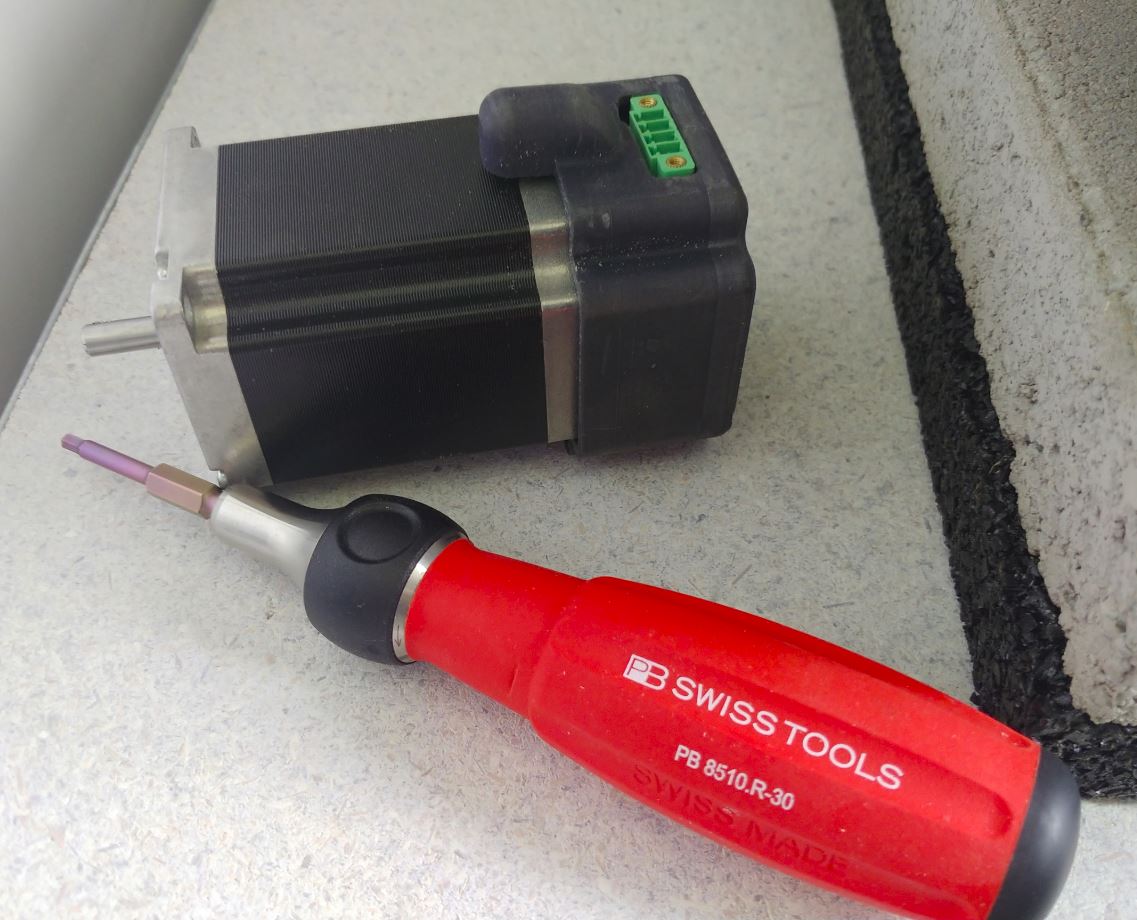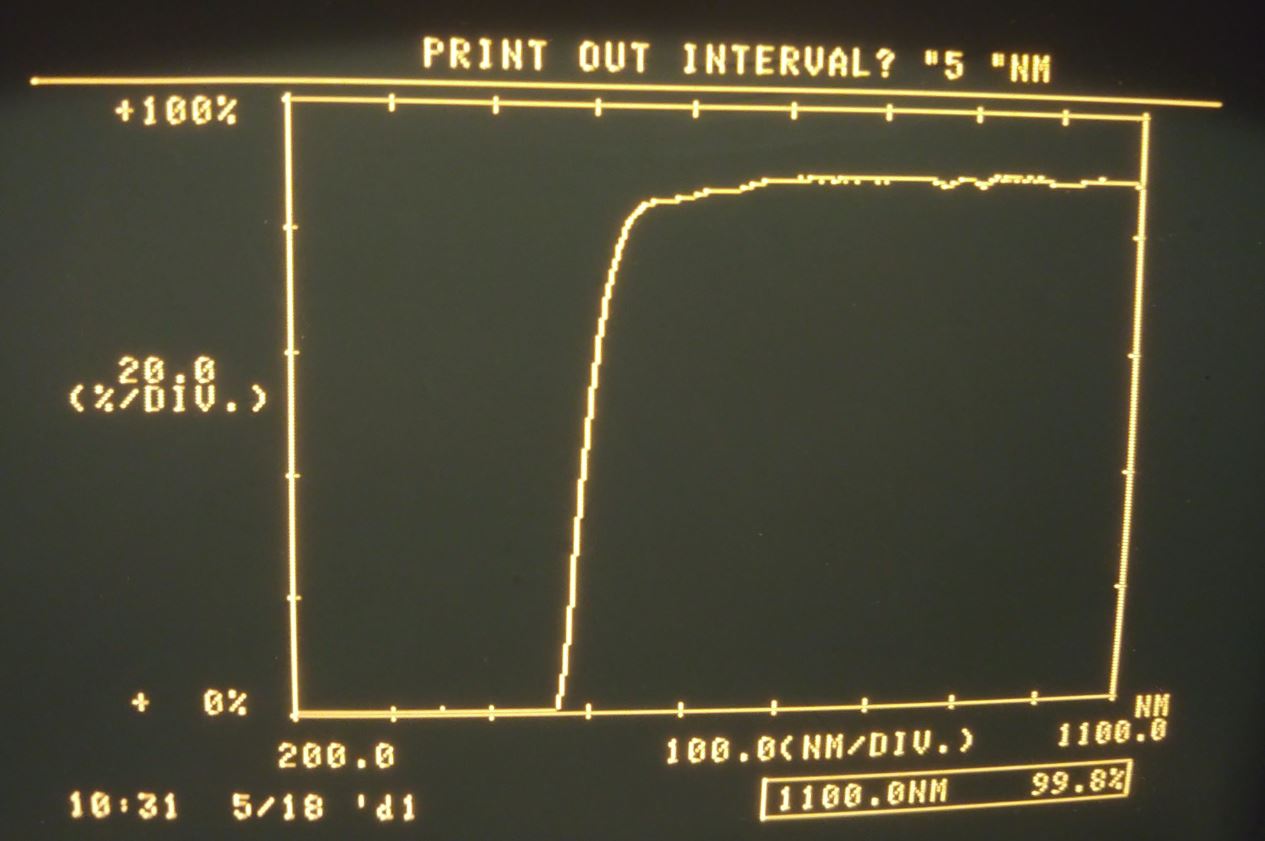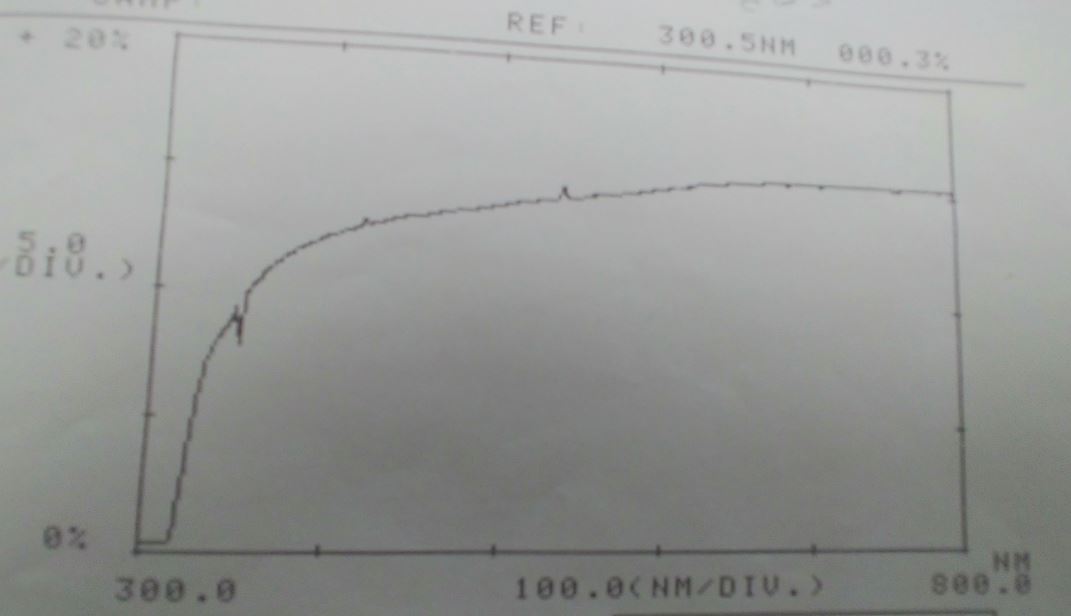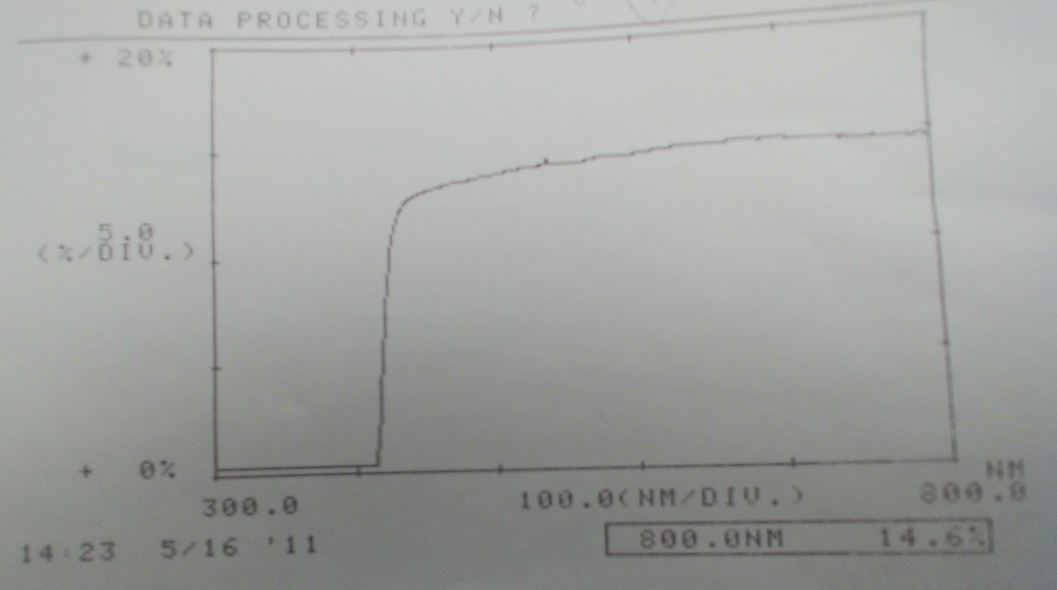Personal opinion:
While the tool changer is a great development kit it never was a finished product and with the Prusa XL, which E3D likely assisted with, it's time might has come. Nonetheless, I think there is still value for the toolchanger: Nicely CNC-milled aluminum parts paired with 200°C heatbed at half the price of Prusa.
Not to long ago they sold the toolchanger at a massive discount (approx. 1500 GBP for the 4 tool head hemera xs revo) and assured it isn't discontinued. Claiming it was a mistake they will fulfill and did fulfill.
With this sad this might be another nail in the coffin for hybrid subtractive-additive manufacturing (what E3D calls ASMBL) in the hobby/budget sector.
Btw. This product started as a passion project of Sanjay Mortimer and others. If you want to learn more (MERF 2018, Sanjay): https://www.youtube.com/watch?v=DRkF-D0fEbQ
.
.
E3D announcement:
TLDR: Discontinuation of the E3D ToolChanger and Motion System
We are writing to inform you about an important update regarding our ToolChanger and Motion system - a showstopper product that has been an integral part of our innovation journey over the past seven years. It is with sadness that we must announce the end of life for this remarkable machine. Read on for what this means, open source details, spares availability and what’s next.
Throughout its lifespan, we have been amazed by the incredible ways in which our customers have utilised the machine. The passion and creativity demonstrated by the 3DP community in creating their own tools and pushing the boundaries of research and development have been truly inspiring. It was their innovative spirit that motivated us to take what was initially a ‘weekend passion project’ (as dubbed by Sanjay) and turn it into a commercially viable machine.
What was our objective with the E3D Toolchanger?
We’ve always been passionate about the possibilities with multiple toolhead machines. With the E3D Toolchanger platform, our objective was to encourage adoption of this type of system. And we’ve succeeded. Looking at the market today you will see many examples of multi-tool systems, from the first Jubilee printer, to the Prusa XL 5-tool system, to the recent successful Proforge British Kickstarter by Makertech.
We are also really pleased to say you’ll be seeing even more toolchanging 3D printers in the future – of course, they’re hush-hush for now, and we’ve said nothing, but keep your eyes peeled.
There are now 1000’s of E3D Toolchangers out there in the wild, being used in state-of-the-art research and development facilities, universities, and leading tech companies. We’re very proud to be enabling incredible R&D, some of which we’ve been lucky enough to see for ourselves. However, as E3D evolves, we have made the difficult decision to discontinue the ToolChanger and Motion system. While it brings us sadness to part ways with such a remarkable product, we recognise the importance of focusing on our core expertise in FDM extrusion systems. This strategic realignment will enable us to better serve you with our primary product offerings and ensure continued excellence in those areas.
We want to assure you that although we will no longer be manufacturing the ToolChanger and Motion system, the machine remains entirely open source. All the files related to the system will continue to be available, allowing everyone to leverage its design and build upon its foundation. We believe in the power of collaboration and the spirit of open source, and we are confident that the legacy of the ToolChanger and Motion system will live on.
We understand the importance of ongoing support for our valued customers and will continue to offer spare parts for the ToolChanger and Motion system until the stock run downs. We will also continue to sell blank tool plates for the foreseeable future. This commitment ensures that ToolChanger users can still maintain and repair their machines, providing longevity and reliability even after the discontinuation.
We will also be continuing to work with 3D printer manufacturers wishing to develop their own systems, now that we’ve spent years developing in-house expertise in this area, and a strong, reliable supply chain.
Thank you all for your support of our ToolChanging journey over the years and an extra special thanks to Rene Jurack for all of his awesome ToolChanger videos - you helped so many kick off their ToolChanger journey, truly earning the TC Guru title!
While we say goodbye to the ToolChanger and Motion system, we are very much looking forward to the future and can't wait to share details about our product roadmap with you all very soon!
Some ToolChanger highlights over the years:
There are still a handful of machines if you want to get your hand on one of the last-ever ToolChangers, but you’ll need to be quick! We love to see your ToolChanger content so please continue to tag us across all of the socials using #E3DToolChanger.
Team E3D






